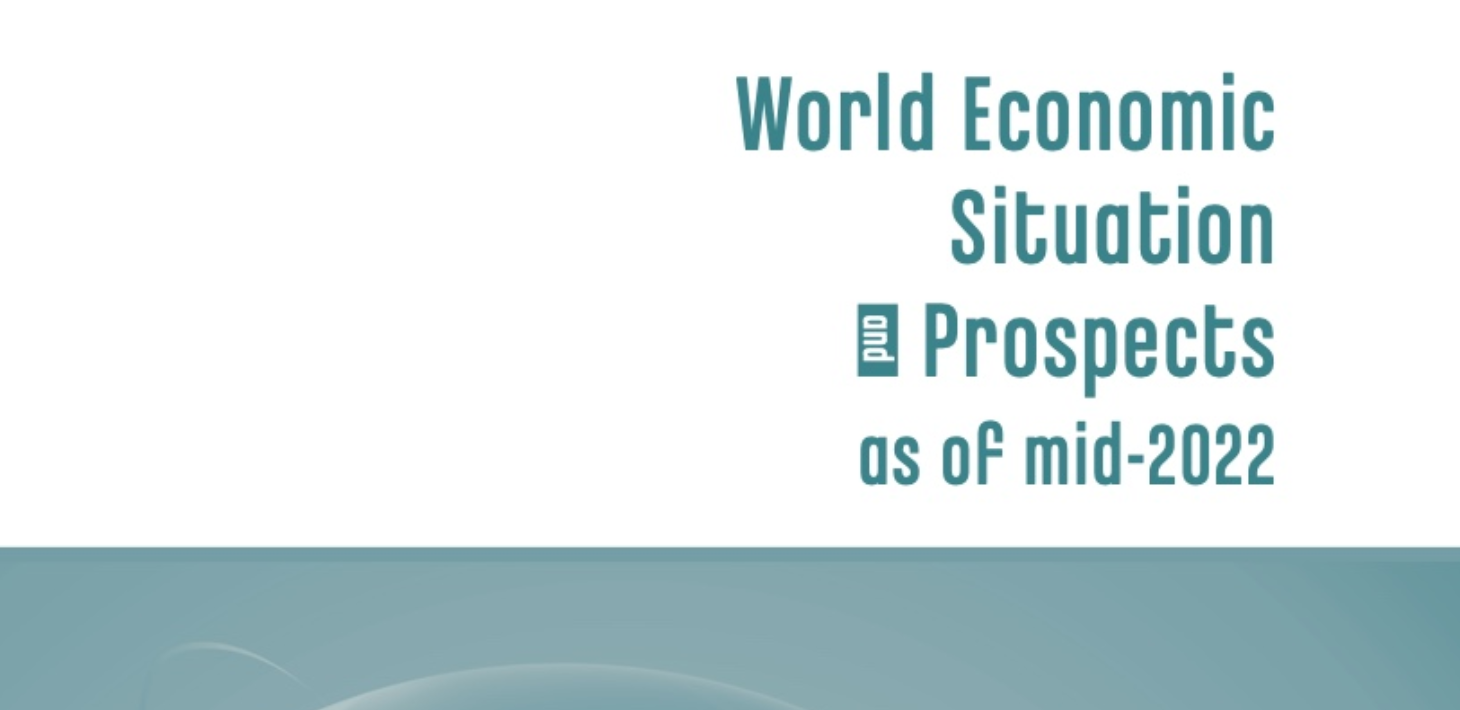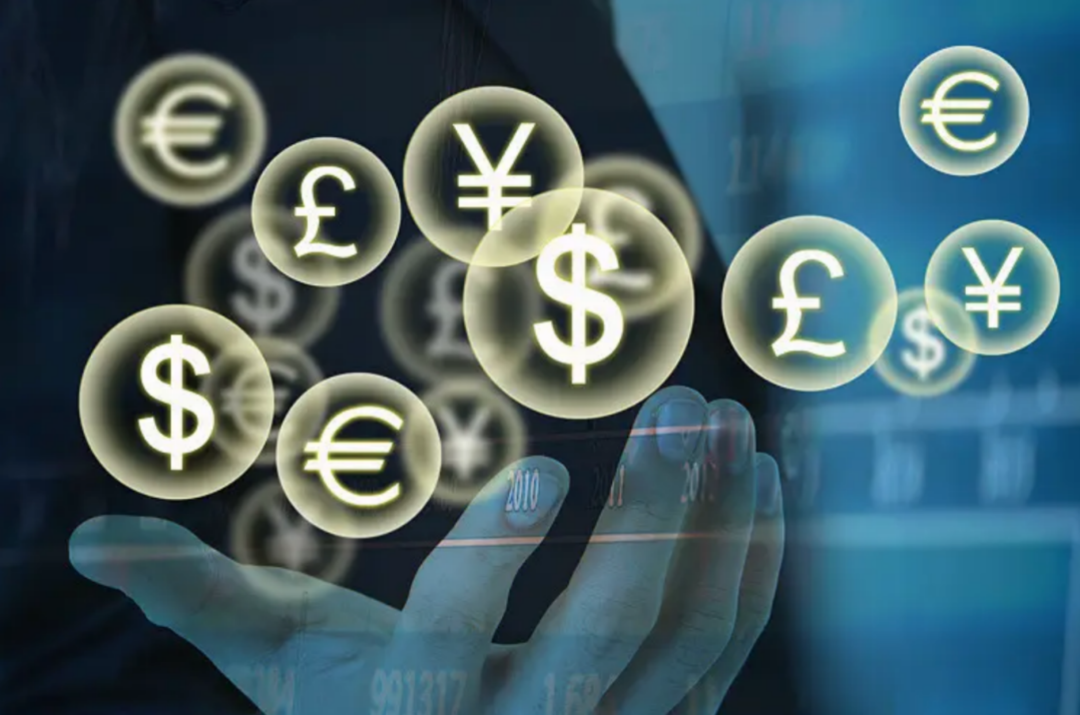
Recently, the United Nations released the "World Economic Situation and Prospects in Mid-2022" report (hereinafter referred to as the "Report"), which lowered the global economic growth forecast in 2022 from 4% released in January this year to 3.1%.
The conflict between Russia and Ukraine has upended a fragile recovery from the pandemic, slowing economic recovery, driving up food and commodity prices and fueling inflationary pressures globally, according to the latest UN forecast. Global inflation is expected to rise to 6.7% in 2022. What information points does the report reveal? Jingtai will interpret it for you .
|Interpretation 1. It is an indisputable fact that inflationary pressure has increased
One is that the astronomical injection of liquidity has led to a dramatic increase in the money supply. With the level of output and velocity of circulation roughly constant, a large increase in the quantity of money is bound to lead to a significant increase in prices. From February 2020 to May 2021, the balance sheets of the G10 central banks in developed countries expanded by $11 trillion. Currently, the Federal Reserve is implementing a $120 billion monthly bond purchase plan; the European Central Bank has 1.85 trillion euros in emergency anti-epidemic bond purchases. The plan (PEPP) runs until at least March 2022.
Second, major central banks have pursued ultra-loose low or even negative interest rate policies. Third, the large-scale bailout policy has led to rising household wealth and turned it into consumption, driving up prices.
Fourth, the shortage of labor and supply caused by the impact of the epidemic and other factors on the supply chain has boosted the price level while pushing up the wage level. Some central banks have taken action to guard against inflation, such as Brazil, Russia, Mexico, South Korea, Hungary and the Czech Republic, which have raised interest rates.

The rationale given by the view that inflation is currently well above central bank policy targets is merely a temporary phenomenon:
First, the currency circulation has increased sharply but the circulation speed has slowed down significantly, offsetting the impetus of the increase in circulation to price increases. Second, the impact of the epidemic has caused social consumption to become more conservative. For example, the US household savings rate has fluctuated and increased at a relatively high level.
Third, rising unemployment or loose labor market and low equipment utilization have created conditions for expanding supply. Fourth, fiscal relief policies and central bank support policies are "peaking out". Fifth, the market’s pessimistic expectations about future economic trends still exist . For example, although the scale of global negative interest rate bonds is decreasing, it still accounts for nearly one-fifth of global investable bonds.
Sixth, many of the factors driving the recent spike in inflation are of a short-term nature, such as rising energy prices and freight rates. The IMF expects price pressures to subside in most countries in 2022, but to persist in some emerging markets and developing countries.
Inflation is expected to fall back in the second or third quarter of 2022, and it is believed that as the economic structure continues to adjust, inflation will drop to close to 2%. The short-term pressure on inflation in major developed economies is not small, but it will ease in the medium and long term, but the possibility of a certain degree of stagflation cannot be ruled out.

|Interpretation 2. The world is feeling the pain of blocked supply chains
Chip shortages, insufficient energy supplies, poor shipping and skyrocketing freight rates have become major pain points in the global supply chain. The Institute of International Finance has warned that the possibility of supply chain disruptions in the U.S. production system has risen, and manufacturing delays are now severe, comparable to the situation in Japan after the Fukushima nuclear disaster in 2011, and began to spread globally. This will force companies to bet on inefficient but resilient supply chains, ultimately driving up prices.
The Drewry Shipping Index, which measures container charges, rose 291% in September 2021 from a year ago, such as from East Asia to Rotterdam, Europe's largest port, and freight rates on this busy route have risen six times as much as a year ago. . Coal prices tripled, natural gas prices quadrupled, and electricity prices in Germany more than doubled.
The reason for the skyrocketing energy prices is related to the blockage of the supply chain. In addition to the repeated epidemics and the faster-than-expected economic recovery , trade tensions between major economies and the near-paralysis of the multilateral trading system, frequent occurrence of climate and natural disasters, have increased in different dimensions. The possibility of supply chain disruption.
Due to technological progress and proliferation, especially the irresistible trend of production digitalization, the space for labor cost arbitrage has gradually become narrower. With the popularity of online shopping, consumers' demand for fast delivery has risen, and fast delivery has become an important part of the competitiveness of enterprises. Under the impact of the epidemic, companies can be profitable by completely reassessing the value chain, seeking short and diversified supply chains, and investing in more resilient supply chains.

|Interpretation 3. Climate action is challenged
Fossil fuel production is likely to increase in the short term as countries seek to expand energy supplies amid high oil and gas prices, the report said. High prices for nickel and other metals could adversely affect the production of electric vehicles, while rising food prices could limit the use of biofuels.
The outbreak of the Russia-Ukraine conflict comes at a time when global carbon dioxide emissions are at record highs. Against the backdrop of pushing up energy prices, the conflict will significantly impact global efforts to tackle the climate emergency.
Human beings are facing challenges in how to handle the connection between emission reduction and development, energy transition and normal economic operation. In 2020, the share of renewable energy in electricity production surpassed that of fossil fuels for the first time. After China pledged in 2020 to achieve carbon peaking and carbon neutrality targets by 2030 and 2060, respectively, in 2021, it further pledged not to build coal power plants abroad.
At present, the European Commission has launched the Carbon Border Adjustment Mechanism (CBAM) to prevent carbon leakage. The transition period is from 2023 to 2025. From 2026, importers need to purchase CBAM certificates for covered commodities. We also need to focus on other sources or channels of global greenhouse gas emissions, 10% of which come from leftover food. In order to meet emissions reduction targets and address the consequences of climate change, the world will also strive to actively leverage existing and pioneer new institutional designs.

|Summary——
In the short term, the biggest risk facing the world economy may be policy risk. Inappropriate monetary and fiscal policies in major advanced economies to deal with inflation and maintain recovery will trigger asset price volatility and plunge, stifle a fragile economic recovery, and possibly push the economy into a stagflation channel, affecting emerging economies and developing countries .
The current risks, challenges or constraints do exist, but it is also a fact that the global economy as a whole recovers and returns to the medium and long-term development track. From a global perspective, although the pace of recovery in different economies is not consistent, by 2024, the GDP of emerging market and developing economies (excluding China) may still be lower than before the epidemic , and the economic growth rate will be about 5.5%.





